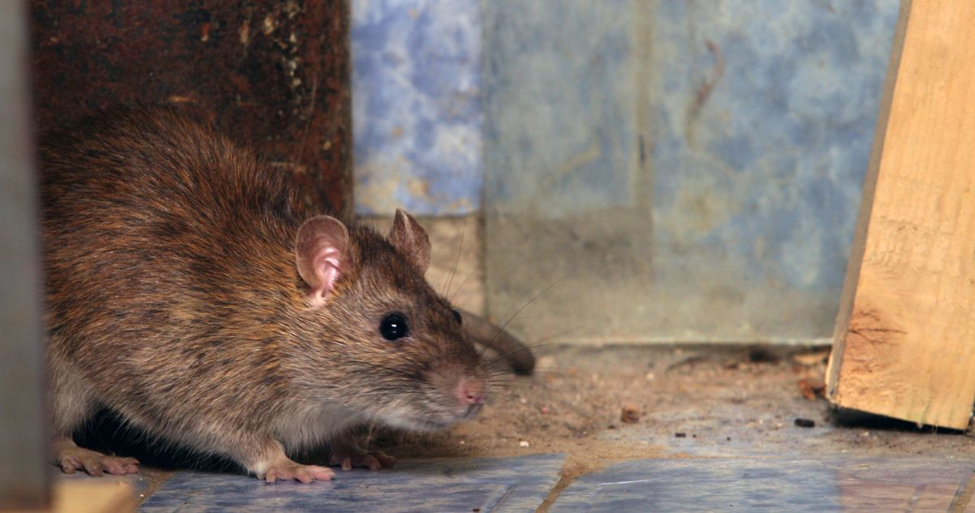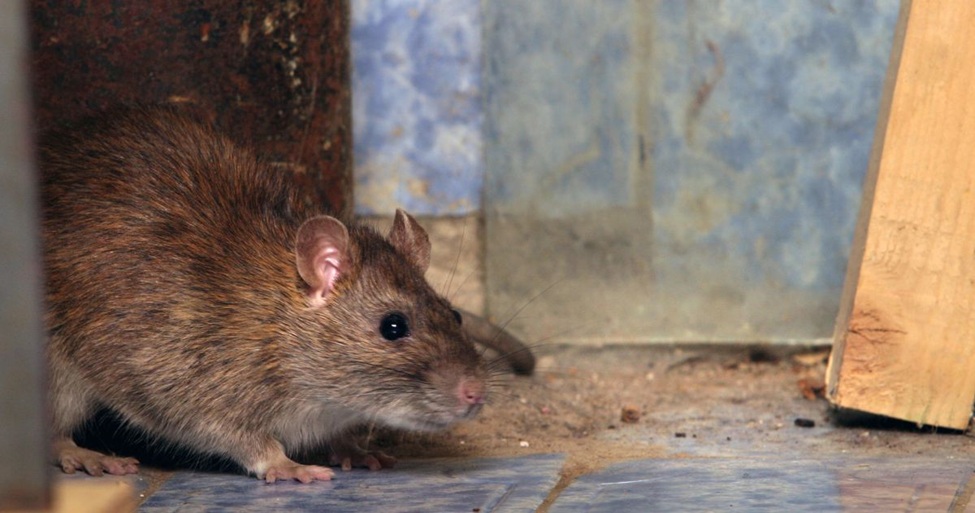
Rat infestations can escalate quickly, causing significant property damage and posing health risks. Taking immediate action against a rat infestation is crucial to prevent the spread of disease and protect the integrity of a home or business. Addressing the issue promptly minimizes damage and reduces the long-term financial impact of pest control.
Rats can reproduce rapidly, meaning a small infestation can become a larger problem within weeks. Ignoring the signs of a rat’s presence may lead to structural damage and contamination of food sources. For anyone facing this issue, understanding the importance of swift intervention is critical to regaining control of their environment.
Effective rat control in Irving involves a thorough inspection and the implementation of appropriate removal strategies. The sooner these steps are taken, the less likely the infestation will disrupt daily life or cause extensive harm. Readers will benefit from exploring the best practices for urgent rat removal and ensuring a healthy, safe space.
Identifying a Rat Infestation
Recognizing a rat infestation early is crucial for effective removal. Detecting signs of rat presence and understanding common entry points can help mitigate the issue swiftly.
Signs of Rat Presence
Several indicators suggest a rat infestation. Look for droppings, which are small, dark pellets often found near food sources or nesting areas. Another sign is gnaw marks on materials such as wood, plastic, or wires, indicating where rats have chewed to create entry points.
Nests made from shredded paper, insulation, or fabric may be visible in hidden corners or attics. Additionally, footprints or tail marks can appear in dust or soft surfaces, especially in secluded areas.
Unusual sounds coming from walls or ceilings, particularly at night, are also notable. A whirring or scurrying noise typically signals activity. Observing these signs can help confirm a rat problem before it escalates.
Common Rat Entry Points
Identifying entry points is essential in preventing a rat infestation. Common locations include gaps around windows and doors. Even small openings can provide access, as rats can squeeze through spaces as tiny as half an inch.
Vents and utilities, such as plumbing pipes or electrical lines, are often overlooked entry sites. Rats can enter through damaged areas or gaps in the siding.
It is critical to inspect the foundation and roof for cracks or holes. Additionally, areas near garbage, food waste, or clutter can attract and harbor rats.
Securing these entry points can significantly reduce the risk of rat entry into homes or businesses.
Health and Property Risks

Rat infestations pose significant health and property risks that cannot be ignored. Addressing these problems promptly is crucial for minimizing dangers and preserving property integrity.
Rat Infestation Risks Texas
In Texas, rats are known to cause widespread damage to structures. They gnaw through walls, insulation, and electrical wiring, resulting in costly repairs. Chewed wiring can lead to electrical fires, which pose a severe risk to homes and businesses.
Additionally, rats compromise the integrity of food supplies. They contaminate stored food products with droppings, urine, and fur. This contamination leads to waste and potential foodborne illnesses.
Immediate rat control measures are essential to prevent escalating damage. Delaying removal increases repair costs and heightens health risks associated with disease transmission.
Disease Transmission Concerns
Rats are known carriers of several dangerous diseases. Diseases like Leptospirosis, Hantavirus, and Salmonella can be transmitted through contact with contaminated surfaces or exposure to rat droppings.
The risk of transmission is higher in places with dense rat populations. Infected rats shed pathogens in their urine and feces, contaminating the environment.
Proper sanitation practices are vital in homes and businesses to minimize exposure. Proper disposal of food waste and sealing of entry points are crucial to avoiding rat infestations. Regular inspections can help detect signs of rats early, reducing health risks significantly.
Professional Rat Extermination

Addressing a rat infestation requires expert intervention. Engaging a professional rat exterminator can ensure effective, safe, and thorough removal. Understanding how to choose a qualified exterminator and the various extermination techniques is essential for successful eradication.
Choosing a Qualified Exterminator
Selecting the right professional is crucial. Seek exterminators with certifications from recognized pest control organizations. Checking for state licensing ensures they meet local regulations.
Look for these qualities:
- Experience: Years in the industry can indicate reliability.
- Reputation: Read reviews and ask for referrals to gauge effectiveness.
- Techniques Used: Inquire about methods and products they employ for safety.
A good exterminator will conduct a comprehensive inspection to determine the extent of the infestation. They should also provide a detailed plan tailored to the specific situation.
Extermination Techniques
Several techniques can be employed to eliminate rats.
Common methods include:
- Traps: Snap traps and electronic traps effectively capture rats. These options are generally humane and targeted.
- Baits: Rodenticides can be effective but require careful handling to prevent risks to pets and children.
- Exclusion: This involves sealing entry points to prevent re-infestation. Professionals identify and close gaps or cracks in walls, floors, and foundations.
Safety is paramount. Professionals ensure that all methods align with health guidelines. Using Integrated Pest Management (IPM) principles often produces lasting results by combining various strategies for comprehensive control.

